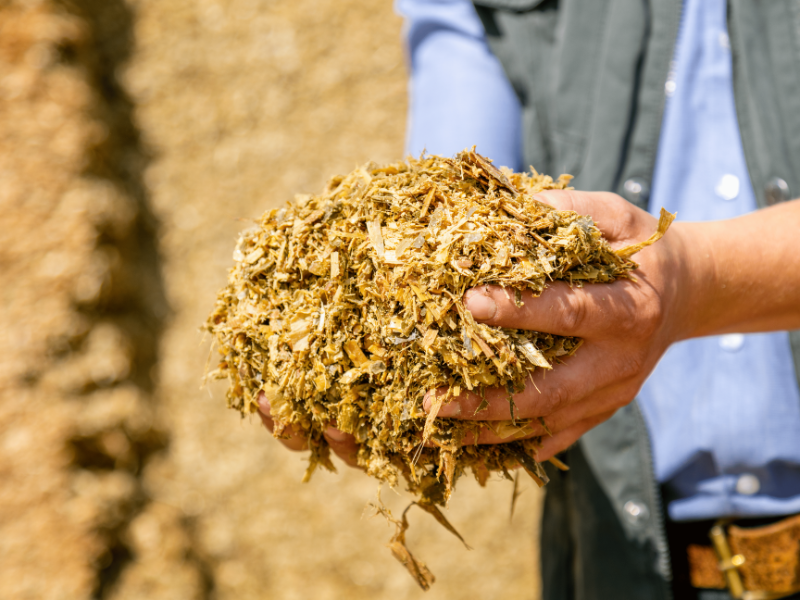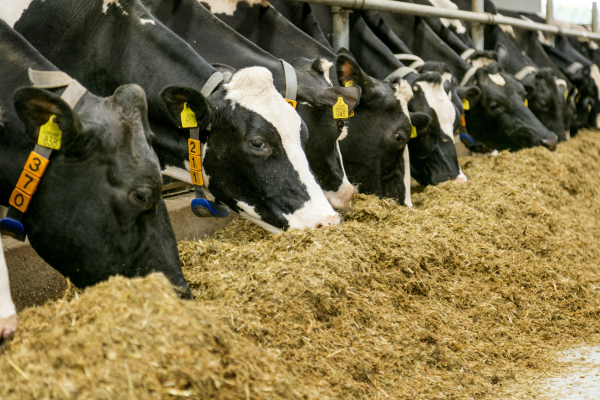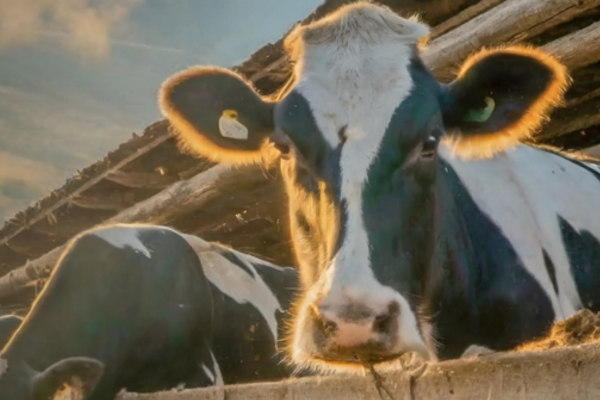Why early detection matters
Microbial spoilage often starts in silage and continues once mixed into the TMR. Early intervention allows you to:
- Maintain feed intake and milk yields
- Reduce waste and heating at the feed bunk
- Avoid the knock-on effects of mould and yeast growth on herd health

Key indicators of spoilage risk
Keep an eye out for:
- Unexpected heating of both silage and TMR (check both surface and internal temperatures)
- Sweet, alcoholic, or sour odours
- Visible mould or discoloration in the silage or TMR
- Elevated pH or temperature differences within the feed
Simple assessment steps
- Visual and sensory check: Use smell, touch, and appearance to spot early signs of instability.
- Temperature testing: A >5°C difference between surface and core in the TMR can indicate active microbial growth.
- Infrared cameras or probe thermometers: Quickly pinpoint hotspots and monitor stability over time.
- For more precise analysis, laboratory testing provides detailed insights
Don’t wait for waste
Testing your feed—even just with basic tools—can reveal hidden risks and help avoid costly spoilage. Combine that with the right preservative strategies to get the most out of your TMR every day.


